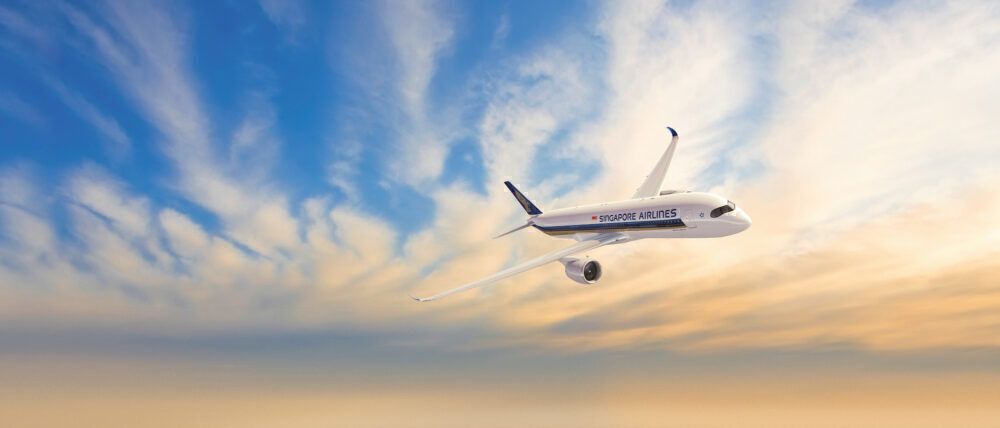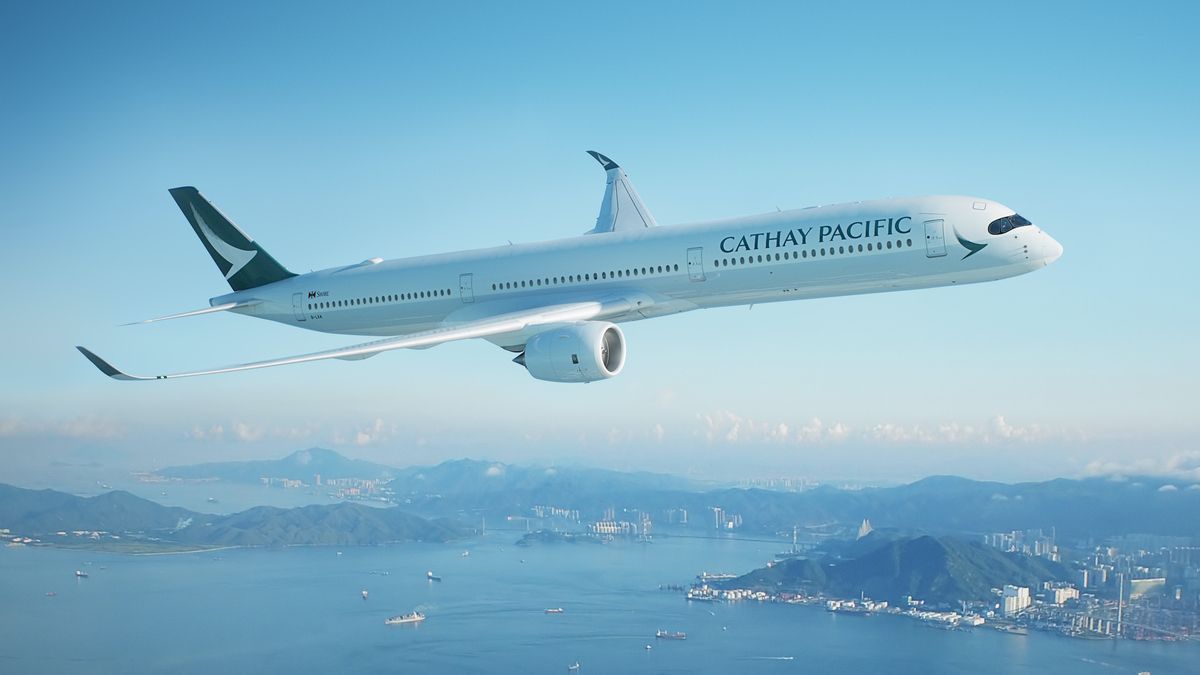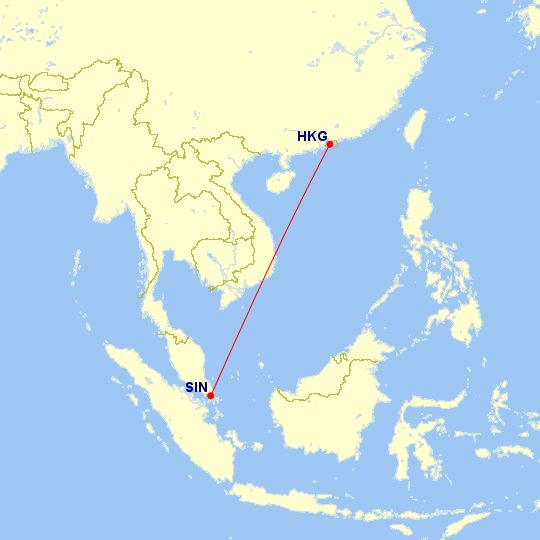Since the middle of March, Hong Kong has posted new daily case counts of less than 20, with some days going as low as six or eight. Meanwhile, Singapore has had new daily case counts as low as four and six. Unfortunately, this has risen to a few dozen in recent weeks- getting as high as 43 new cases at the start of April.
Stay informed: Sign up for our daily and weekly aviation news digests.
What's different from November?
The Hong Kong-Singapore travel bubble, previously set to launch on November 22nd, 2020, was suddenly called off the day before. At the time, it was to be delayed by two weeks with authorities monitoring the situation. In retrospect, this appears to have been the right call, with Hong Kong experiencing its third wave in late November and early December. But one key difference this time around is the steady progress made with vaccinating the public. As of April 14th, Our World in Data reports that Hong Kong has now administered 12.69 vaccine doses per 100 people. For Singapore, that number is 28.5 per 100, as of April 6th. With this in mind, the presence of a vaccine is the main difference in 2021 and will also be taken into consideration for the new travel bubble policy.
With this in mind, the presence of a vaccine is the main difference in 2021 and will also be taken into consideration for the new travel bubble policy.
Hong Kong leader Carrie Lam Cheng Yuet-Ngor has already voiced her support for a vaccination requirement for travelers taking part in the travel bubble. An anonymous source tells the South China Morning Post,
“The requirement will protect Hong Kong residents from infection when traveling abroad...Therefore, Hongkongers who want to join the air travel bubble will need to be vaccinated now.”
At this time, no news has come from Singapore about a similar requirement.
What we might see with the next bubble
Based on what we saw with the previous plans, here are a few things that can be considered when the travel bubble for Hong Kong and Singapore is finally announced:- A negative PCR test result required before traveling. This has been a baseline requirement for most international travel in recent months.
- It is expected that testing upon arrival will also be required.
- Previously, Singapore had wanted arrivals to self isolate upon arrival, pending further test results.
- The downloading of a tracing app may be required.
- A daily limit on the number of travelers. Previously, the bubble would have allowed up to 200 people to travel in each direction per day without undergoing quarantine. This capacity would have doubled after two weeks if the operation runs smoothly.
- Previously, transit passengers were to be banned from the bubble flights.
- And, as mentioned above, the possibility of a vaccine requirement by one or both sides.
Do you think now is the right time to re-attempt a travel bubble? Let us know in the comments.


